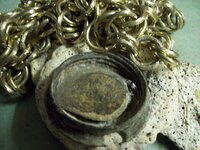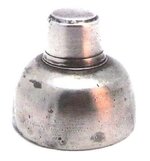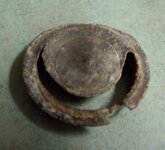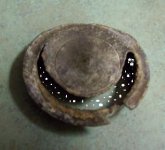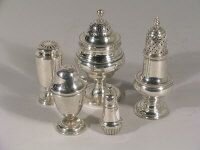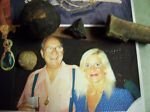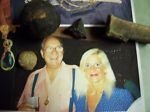Bigcypresshunter
Gold Member
- Dec 15, 2004
- 27,000
- 3,339
- Detector(s) used
- 70's Whites TM Amphibian, HH Pulse, Ace 250
- Primary Interest:
- Beach & Shallow Water Hunting
Someone brought this eBay ad to my attention. Does anyone know when these screwtops were first used or invented? Its being sold as a 1715 artifact by someone unknown to me.. Is this possible to be a 1715 artifact? Its approx. 2 inches diameter.
http://cgi.ebay.com/120724702170?ru...02170&_sacat=See-All-Categories&_fvi=1&_rdc=1
http://cgi.ebay.com/120724702170?ru...02170&_sacat=See-All-Categories&_fvi=1&_rdc=1
Attachments
As an eBay Associate we earn from qualifying purchases.


